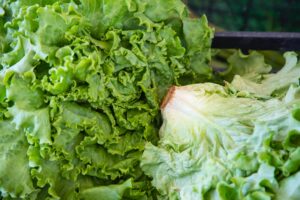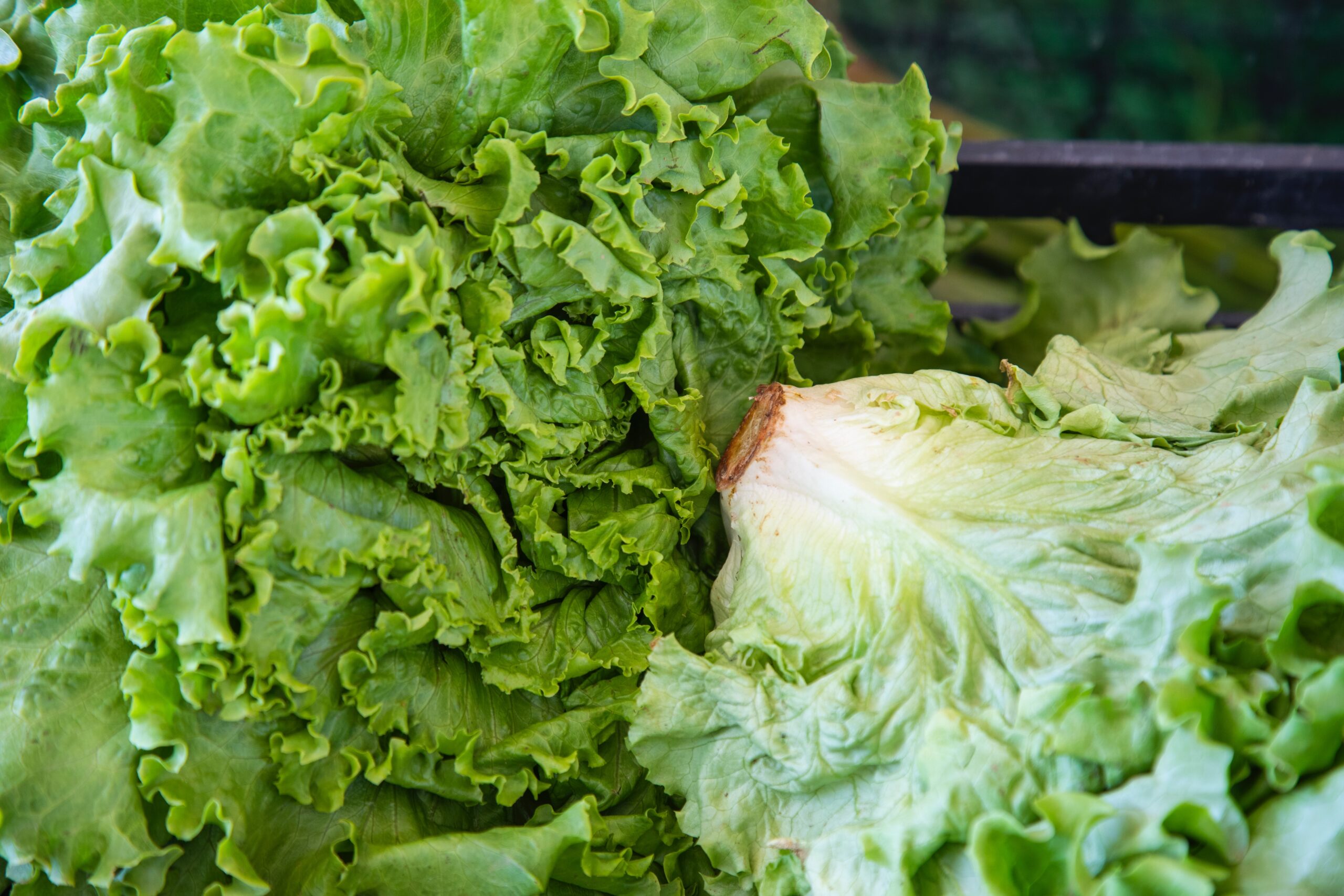Nowadays, lettuce is becoming an increasingly important vegetable in salads, especially in urban areas and found on most home and restaurant table servings in South Africa and globally.
Optimal Growing Conditions for Lettuce
It is a cool season crop, very sensitive to high temperatures, and grows best within a temperature range of 17°-27 °C during the day and 3 °-12 °C at night. Cool nights are ideal for good quality lettuce. It grows best in areas having mild summers and mild winters. Night temperatures below 3 °C can retard growth rate. Lettuce does not suffer from light frost and winter cold, except near maturity.

Severe frost before harvest can scorch leaves and heads. Matured crisp head lettuce can get frost damage if not harvested immediately. During the hot summer months of South Africa, lettuce has poor head development or loose heads, a bitter taste, and physiological disorders such as ribbiness (picture2), bolting, multiple-heads and high internal stem growth (picture1).
At temperatures above 27°C, most of the cultivars do not germinate. Under higher temperatures the quality will deteriorate with the accumulation of bitter latex in the veins and leaves becoming tougher. These conditions also promote premature seed stalk development, i.e. bolting.
Cultivar Selection and Growth Techniques
Cultivar selection is important when growing lettuce during summer in soilless conditions. A research conducted at ARC-VOPI in a 40% black and white shade net house showed that good yield of high quality crisp head lettuce can be obtained when grown in a GFT system during the summer season.
Generally, the internal stem should not be more than half the head height, i.e. it should not be more than 0.50 core ratio (stem height to head height). If the core ratio is more than 0.50, it indicates that the plant is not growing in a favourable environment. Cultivars that have a short internal stem generally indicate resistance to bolting. Long internal stem height indicates that the plant is about to bolt.
Cultivars with a protruding growth of the midrib caused by ribbing are considered unmarketable. This is because the prominent midrib is easily snapped when wrapping crisp head lettuce. This results in an unattractive discolouration of the affected area due to damaged respiration cells of the affected area.

Bolting
Bolting is a serious physiological disorder caused by the formation of an elongated stalk with flowers and, subsequently, develops seed. Bolting in lettuce causes the leaves to be bitter and tough. It occurs under conditions where plants are exposed to high temperatures during the early stages of growth. ARC-VOPI

